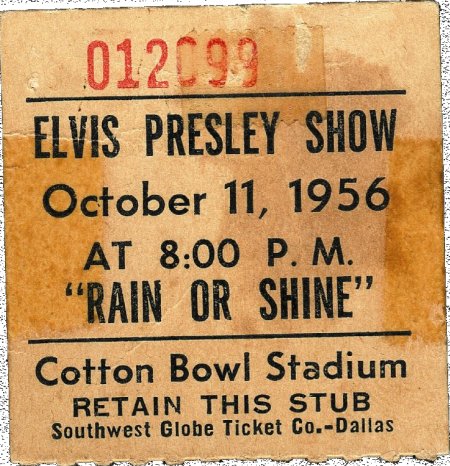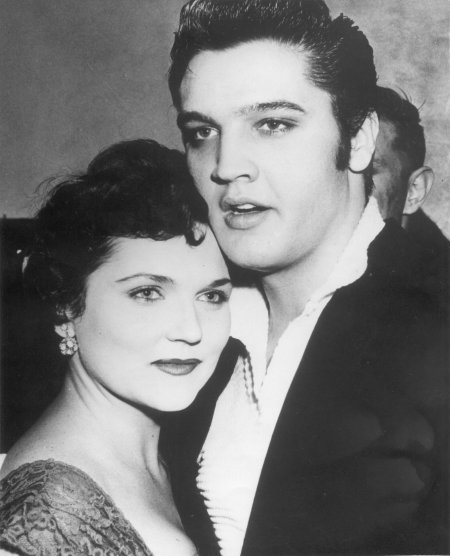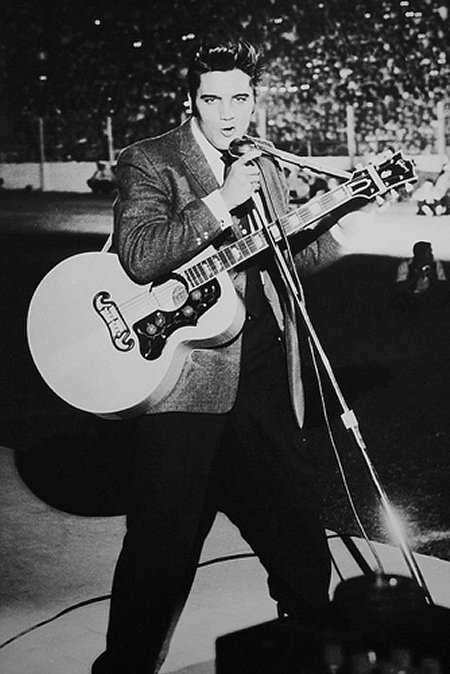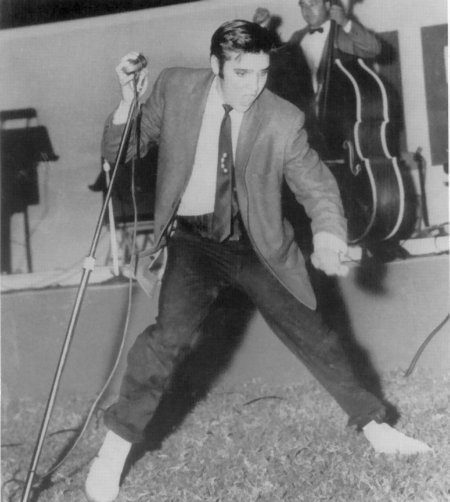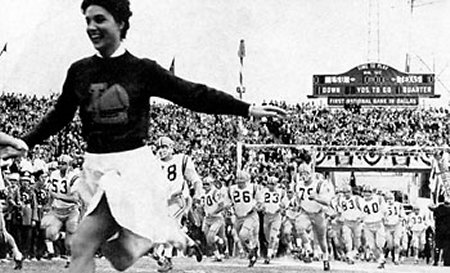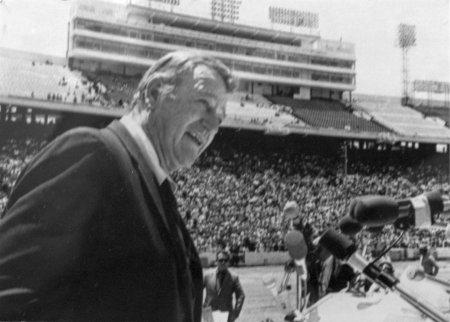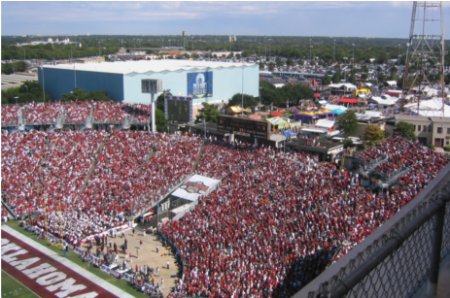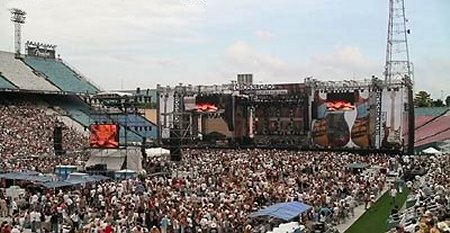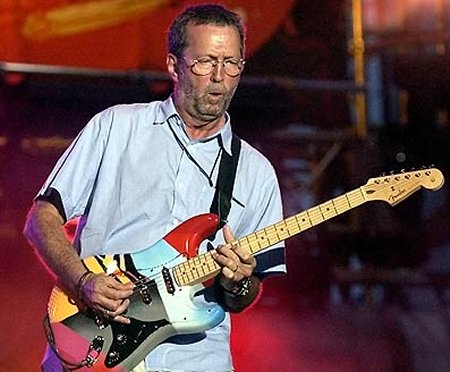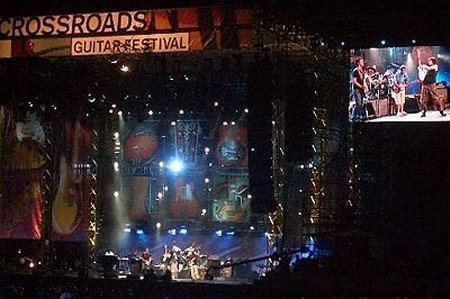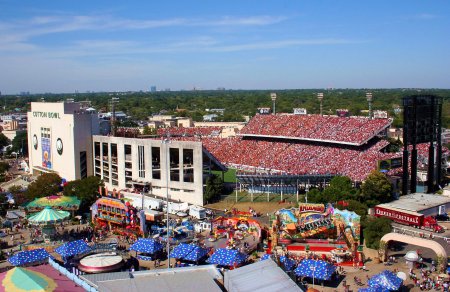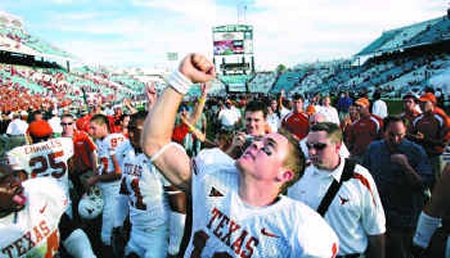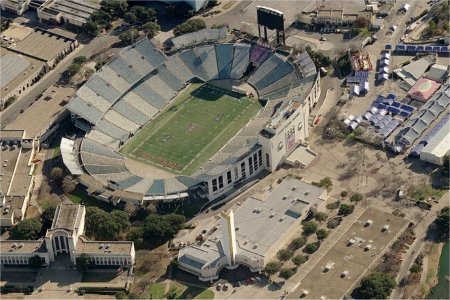 |
The Cotton Bowl Fair Park was "born" in 1886 when eighty acres of "hog-wallow prairie" on the outskirts of East Dallas were chosen as the site of the "Dallas State Fair." A rival "Texas State Fair" was held in North Dallas that same year but in early 1887 the two factions merged to form an association called the "Texas State Fair and Dallas Exposition." At that time, they gave up the North Dallas site and retained the East Dallas grounds which today form the nucleus of Fair Park.1
In 1921, Fair Park Football Stadium, a 15,000-seat predecessor to the Cotton Bowl, was built in Fair Park. In 1929 the Texas-OU game (University of Texas Longhorns v. Oklahoma University) was established as an annual event there and became one of the greatest rivalries in American sports known as the Red River shootout.
By 1930 the stadium was replaced with a 46,200-seat stadium. At the time it was the largest in the South. In 1936 the stadium was incorporated into the general layout of the Texas Centennial Exposition and the stadium was officially renamed the “Cotton Bowl”.
The Texas Centennial Exposition opened on Saturday, June 6, 1936 and ran
through Sunday, November 29, 1936. It hosted over six-million visitors
from around the world including President Franklin D. Roosevelt,
Vice-President John Nance "Cactus Jack" Garner, musician "Duke"
Ellington, actress Ginger Rogers, and the western-style singing group
"Sons of the Pioneers." One member, a young man named Len Slyle,
later changed his name to Roy Rogers. Gene Autry made a movie on
the Exposition grounds titled "The Big Show" while a rookie radio
announcer named Art Linkletter provided news coverage.1
The stadium was virtually rebuilt in 1948 when the upper decks were added and its capacity increased to 67,431. Further expansion in 1949 increased seating to 75,504 and new dressing rooms and a three-story press box were added. The Cotton Bowl served as home to the Southern Methodist University Mustangs and in 1950 hosted the first major doubleheader in college football history: Texas-OU in the afternoon, SMU and Oklahoma A&M at night. The total attendance of 150,000 was a one-day record for a stadium. In 1952, the Cotton Bowl was home to Dallas’ first NFL team, the Dallas Texans and on January 1, 1953, CBS-TV televised the Cotton Bowl Classic nationally for the first time.
The show, sponsored by KLIF Radio, lasted 90 minutes, 35 minutes of which was Elvis' performance. The first hour consisted of acts by Sherry Davis (a local who had also appeared on the Big D Jamboree and would take many photos of the tour), Howard and Wanda Bell, Rex Marlowe, Hubert Castle and The Jordanaires all backed by Hyman Charninsky and his orchestra.2
According to a review in the Dallas Morning News, Elvis was momentarily upset immediately prior to his stage appearance when a process server met him at the entrance to the Bowl and presented him with a subpoena for a breach of contract suit. Actor Nick Adams, who accompanied Elvis for the Dallas engagement was erroneously served the paper in a comedy of errors. Elvis appeared shaken up by the event, but when the band struck up a bop tune which was his cue to perform, he hopped in a convertible and started the ride down into the Bowl.2
Steve Bonner, who was in attendance that evening, said that the stage at the Cotton Bowl show faced the press box side of the stadium where all of the audience was seated. There had been a temporary fence put on that side for security. I doubt if anyone cared one thing about any of the opening acts. All eyes were glued to the ramp at the south end of the stadium where everyone would come out.
Steve said after what seemed forever and even after a decoy was sent out here comes this convertible easing down the ramp with some fellow in a green sport jacket, white shirt and a tie in it perched up on the back seat. The Dallas Morning News reported, a spotlight located high atop the press box cut a path through the cool Texas night and picked out the side-burned crooner in the back seat of the convertible. A roar snowballed out of the grandstand as the car circled the gridiron, then grew to an earsplitting crescendo. When Elvis waved his hand the roar increased. As he approached the stage it appeared that the crowd would quiet at least momentarily, but he made the mistake of tossing back his head and emitted a brief laugh. Pandemonium broke loose again and Presley never gave it another opportunity to subside.2
His Newest record, 'Love Me Tender,' (the title tune from his recently completed motion picture), sold a million copies before it hit retail shelves. When he sang it midway through his show, the song brought joyful shrieks of ecstasy from the thousands of teenage fans.2 Steve said, No fan could have possibly left disappointed in the performance given by Presley that night. They got more of a show than they would have ever dreamed of. He jumped off the stage to the turf to close with "Hound Dog". On the humorous side during the performance Elvis informed the crowd that a new movie titled Love Me Tender would be released next month and it was starring Gene Vincent. This was also the first performance that Elvis was pictured using his new 1956 Gibson J-200.
Peter Guralnick and Ernst Jorgenson in "Elvis Day by Day" wrote, DJ Fontana later says of the thousands of flashbulbs going off: "It looked like a war out there", The show grossed $29,955.84 with Elvis receiving $17,973.50 on a guarantee of $15,000 against 60 percent of the gross after federal taxes. That month, October 1956, Variety magazine dubbed Elvis "The King of Rock 'n' Roll." The following October, Scotty and Bill performed with Johnny Carroll at Fair Park for two weeks (the 5th through 20th), four shows a day at the Dallas State fair after temporarily leaving Elvis' employ, mainly for economic reasons. By the end of the month they had reached an arrangement where they returned to the band being paid a higher rate but on a per show basis. Unfortunately though, Elvis would be getting his draft notice and the shows would be almost over.
In 1958 the first Cotton Bowl Parade was held and on Jan. 1, 1960 Syracuse University played against Texas in the first Cotton Bowl Classic that decided the national championship (Syracuse won 23-14). Also in 1960, the stadium served as the home field to two professional football teams: the Dallas Cowboys (NFL) and the Dallas Texans (AFL), when on September 24, 1960, the Cowboys played their first regular-season game there, losing to the Pittsburgh Steelers, 35-28, before a crowd of about 30,000. The Texans would eventually move to and become the Kansas City Chiefs.
In 1968, the stadium was renovated when the bleachers were replaced by chair-back seats, reducing the capacity to 68,250 and on October 11, 1971, the Cowboys played their last game at the Cotton Bowl before moving to Texas Stadium in Irving. The first State Fair Classic between Grambling University and Prairie View A&M University was played at the Cotton Bowl in 1984.
The stadium saw new uses when in 1993 the City of Dallas invested $14 million to renovate the Cotton Bowl for World Cup soccer. Renovations and expansions were made to thePress box, restrooms and concessions also a new natural turf field (considered one of the top five soccer pitches in the world). Movable bleachers increased football seating capacity to 72,000 and the stadium hosted six international soccer games during the 1994 World Cup tournament. In April 2004, the Dallas Cowboys team picked Fair Park as its preferred site for a new stadium but by June talks between the team and Dallas County official ended and the team went to Arlington.
In June of 2004, a gathering of musicians from across the guitar world performed together at Eric Clapton's three-day Crossroads Guitar Festival at the Cotton Bowl. Eric was joined by Carlos Santana, Joe Walsh, and J.J. Cale, Robert Cray, Buddy Guy, B.B. King, Hubert Sumlin, Jimmie Vaughan, James Taylor, Vince Gill, bluegrass player Dan Tyminski from Alison Krauss' band Union Station, and John Mayer.
Proceeds went to support the Crossroads Centre in Antigua, a nonprofit drug and alcohol rehabilitation center founded by Eric Clapton in 1997. The festival also offered guitar clinics, exhibits by leading manufacturers, and displays of guitars from the private collections of Clapton and his friends that were auctioned at Christies.3 (2004 would also see Eric Clapton playing with Scotty in a tribute at Abbey Road in London)
In 2004, the State Fair of Texas added bleacher seating in each end zone, increasing the stadium’s capacity by 4,000 seats to 76,000.
In May of 2006, the University of Texas and Oklahoma University officials announced a deal to keep their game at the Cotton Bowl through 2010. Fair Park is now a 277-acre national Historic Landmark and the Cotton Bowl is currently the site of the annual Cotton Bowl Classic, The Red River Rivalry, The State Fair Classic, International soccer games, concerts and other events.
page added February 10, 2008
1 The unofficial guide
to
Historic Fair Park by Steven Butler Much of the chronology and photos of the history of the Cotton Bowl presented here comes from a presentation by the Dallas City Hall and an article published by the Dallas Morning News who credit the Dallas Morning News archives; The Handbook of Texas Online; The Cotton Bowl: Its Founding and History, by Frank X. Tolbert
Steve Bonner said, In 1997 Scotty was in
the Dallas area for a big guitar show I attended. Scotty got a grin when
I mentioned the Cotton Bowl show to him. He remembered it well and said
that was the biggest crowd they had played to at the time. In
1956, while at the show, Steve bought the stamped autographed photo
below of Elvis and still has it.
|
|
All photos on this site (that we didn't borrow) unless otherwise indicated are the property of either Scotty Moore or James V. Roy and unauthorized use or reproduction is prohibited. |

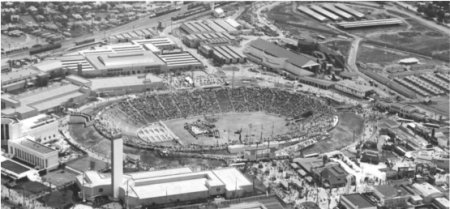
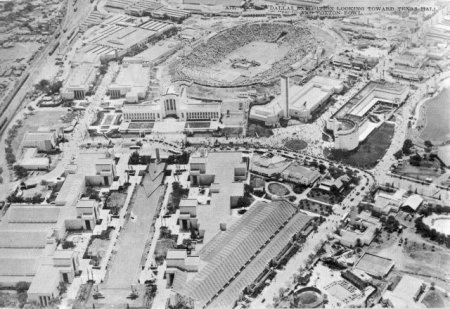
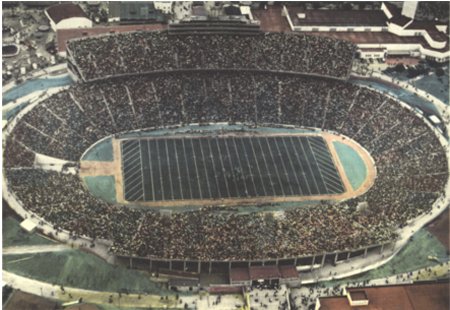
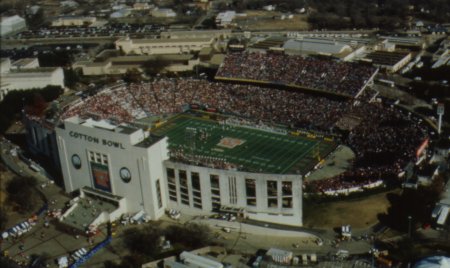
 On October 11, 1956, on the start of a 4 day tour in Texas that would
include Waco,
On October 11, 1956, on the start of a 4 day tour in Texas that would
include Waco, 